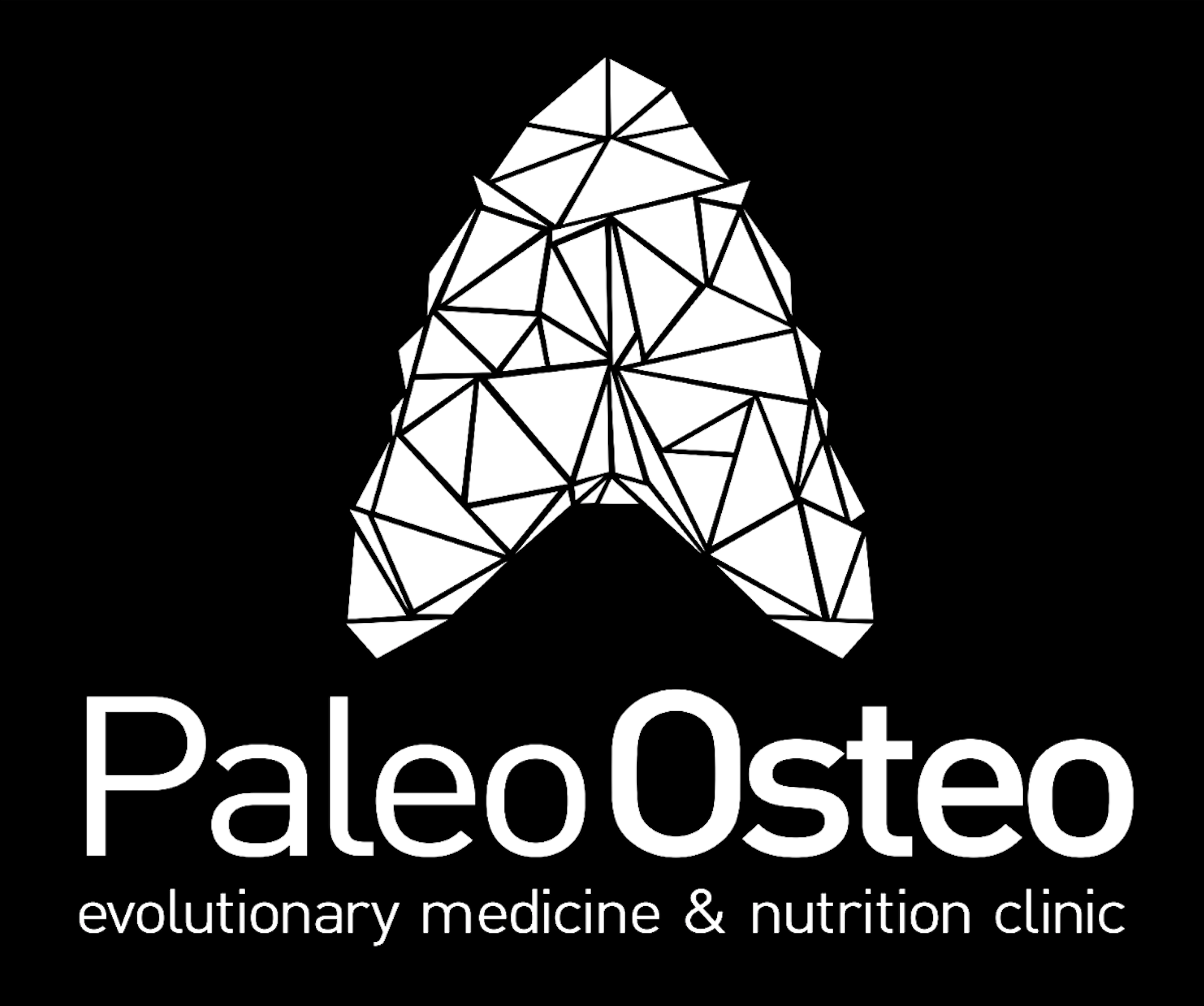Despite popular perception, atherosclerotic plaques are not
simply big wads of fat and cholesterol that have stuck to the walls of
arteries like grease inside a dishwasher pipe. The growth of atherosclerotic plaques
takes place primarily inside the artery wall, between the inner and outer layers.
The plaques are complex entities made up of numerous
components, including smooth muscle cells, calcium, connective
tissue, white blood cells, cholesterol, and fatty acids. Proliferation of
plaques may occur, not because of simple elevations in blood
cholesterol, but because of unfavorable physiological conditions that
damage or weaken the structure of the arterial wall. These factors
include nutrient deficiencies, poor glycemic control, cigarette
smoking, homocysteine, psychological stress, nitric oxide
depletion, high iron levels, microbial infection, dietary trans
fatty acids, excessive refined carbohydrate intake, and excessive
omega-6 fatty acid intake and/or deficient omega-3 fat intake. All
of these factors have been shown to exert an atherogenic effect
unrelated to serum cholesterol elevation.
Damage to the arterial wall triggers an inflammatory process in
which the body recognizes injury and sets about to repair it. This
response-to-injury scenario is well accepted by the vast majority of
cardiovascular researchers, although many of them continue to
promote the hypothesis that LDL cholesterol is involved in
triggering or aggravating the inflammatory state that eventually
leads to heart disease or stroke. There is little evidence to support
such a contention. In fact, cholesterol, like other components, may
be present in atherosclerotic plaque as part of the repair mechanism.
The concept that LDL is “bad cholesterol” is a simplistic and scientifically untenable hypothesis. The inordinate focus on cholesterol, a perfectly natural substance that performs many crucial functions in the body, such a cell membrane repair, and synthesis of hormones, has taken and continues to take valuable resources and attention away from factors more closely related to heart disease.
When confronted with nonsupportive evidence for the vindication of LDL, the anticholesterol mainstream typically engages a two-pronged strategy. First, it simply ignores contradictory evidence. Second, it simultaneously seeks out supportive evidence, no matter how flimsy, and then embarks on an aggressive propaganda campaign to educate as many people as possible about it. The result is that the public receives a distorted picture of the existing evidence, and nutritional dogma based on outdated unsupported evidence prevails, unquestioned. The END result is that people get sicker and continue to die from coronary heart failure, despite all the mainstream’s recommendations having been followed for 30 years, namely a low-fat, high-carbohydrate diet.
Independent-thinking practitioners must look at the readily available evidence for themselves, instead of relying on the continual stream of anti-cholesterol propaganda emanating from health authorities. By doing so, they will quickly realize that the “LDL ‘bad cholesterol'” hypothesis is aggressively promoted for reasons other than public health.
